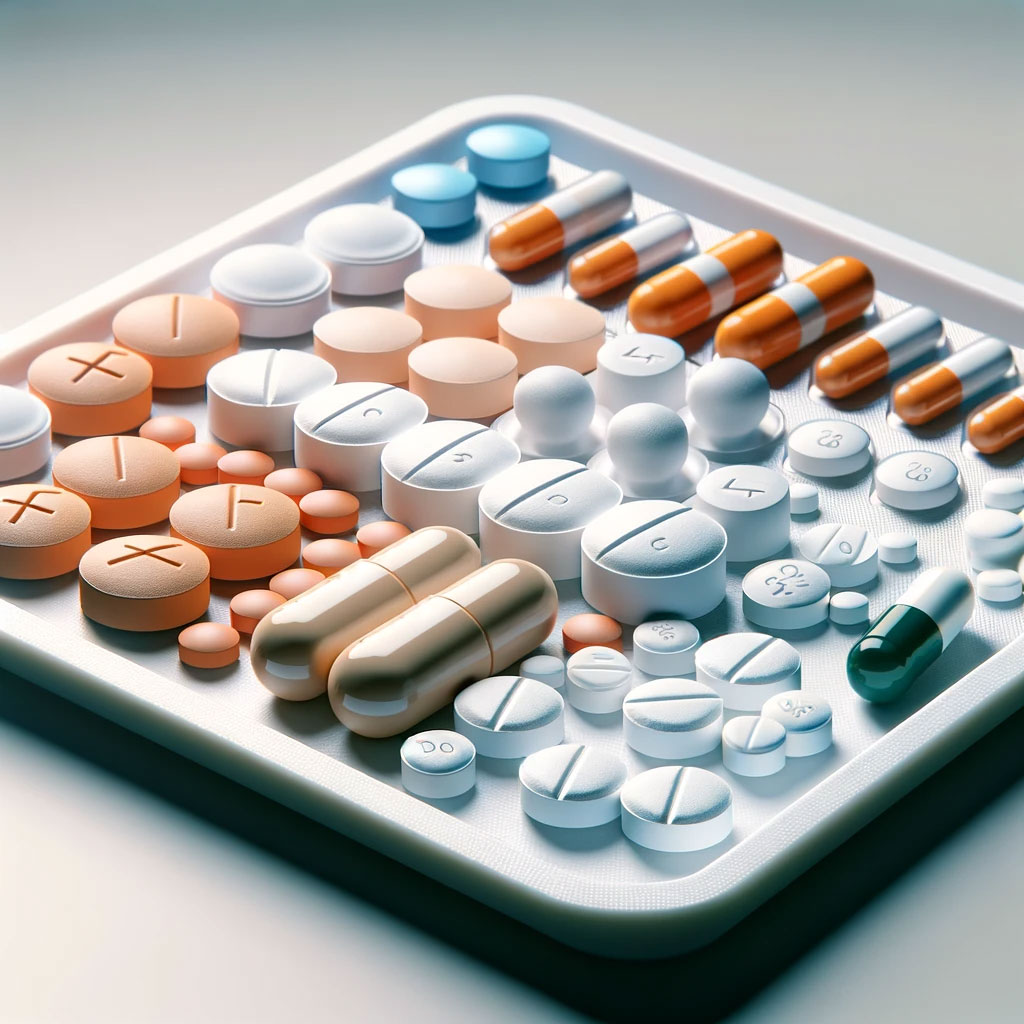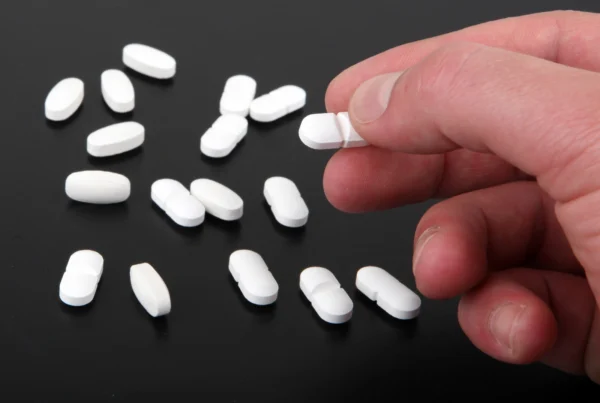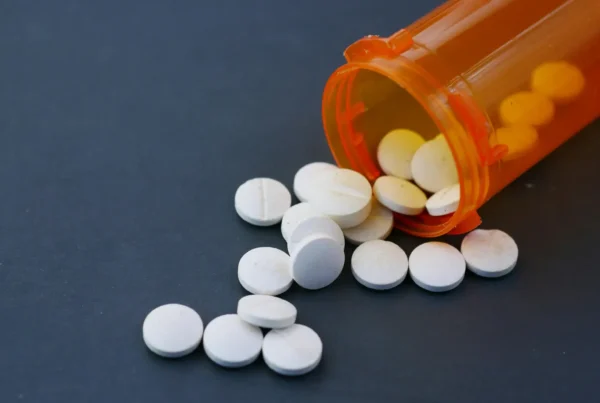
Table of Contents
Key Points
- Oxycodone pills come in many different shapes, sizes, and colors.
- Some different oxycodone brands include OxyContin, Percocet, Endocet, Magnacet, Roxicet, Tylox, and Xartemix XR.
- Oxycodone can be administered in various forms, including orally, intravenously, intramuscularly, rectally, and transdermally.
- The most dangerous side effect of oxycodone is respiratory depression, which could lead to brain death.
- If you're struggling with oxycodone or painkiller addiction, seek treatment immediately.
How To Identify Oxycodone
Oxycodone-alone and oxycodone combination pills come in different shapes, sizes, and colors. It is available in tablet, capsule, and oral solution form.
If you’re wondering how to identify oxycodone tablets or capsules, there are several identifying characteristics some or all of them share. Exercise the utmost caution when identifying tablets or capsules you think are oxycodone.
Oxycodone is a Schedule II painkiller drug with a high potential for abuse and limited approved medical uses. It has a strong habit-forming potential.
What is Oxycodone?
Oxycodone is a semisynthetic opioid agonist which is approved to manage chronic pain. It comes in immediate-release (IR) and extended-release (ER) formulations.
It’s a laboratory-grade drug that is widely diverted for illegal use and is near the center of the opioid crisis in the United States. It’s illegal to possess without a valid prescription.
Oxycodone’s Mechanism of Action
Like all opioid substances, Oxycodone binds to opioid receptors in the brain.[1] These receptors are responsible for both pain and pleasure experiences throughout the body. When oxycodone binds to them, it dulls the subjective experience of pain.
Activation of mu-opioid receptors influences the release of dopamine within specific brain regions involved in the reward system. Dopamine is a feel-good chemical part of the brain’s reward system. When engaging in activities – healthy and unhealthy – like sex, eating, breastfeeding, drinking, and exercising, our bodies release dopamine to encourage us to do it again.
Identification of Oxycodone Medication
What does oxycodone look like? Many different brands carry oxycodone. While some oxycodone-containing brands were discontinued, some unused pills have been diverted for illegal use and still exist on the black market.
Here is a list of the major opioids and their identifying characteristics:[2]
| Drug Brand | Identifying Marks | Pill Color | Dosage |
| OxyContin | OxyContin pills are marked with the letters “OP” (current formulation) or “OC” (previous formulation) and a number indicating the dosage in milligrams. | White, yellow, red, green, pink, blue, brown, red, or gray. | 10, 15, 20, 30, 40, 60, 80, or 160mg. |
| Percocet | The word “Percocet” is imprinted on one side. They are circular in shape. | White or blue | 5mg |
| Endocet | The letter “E” or the partial word “Endo.” They are generally oval in shape but can be circular. | White, yellow, orange, or red. | 2.5, 5, 7.5, or 10mg. |
| Magnacet | The word “ADG” on one side. They are oval in shape. | White | 2.5, 5, 7.5, or 10mg. |
| Roxicet | The number “54” next to another three-digit number. They are circular or oval-shaped, and the circular one has a score down the middle of one side. | White | 5mg |
| Tylox | The words “Tylox McNeil” on one side. | Red | 5mg |
| Xartemix XR | The letter “M” is encased in a square with the number “115” next to it. The shape is oval. | Dark Blue | 7.5mg |
Approved Treatments for Oxycodone
Oxycodone is approved for treating acute short-term pain or chronic pain that is moderate to severe in intensity.[3]
Methods of Oxycodone Administration
Oxycodone can be administered in various forms in the US, including orally (tablets, capsules, and solutions), intravenously, intramuscularly, and transdermally. However, illicit administration methods include intranasally as a crushed powder (snorting) or as a vapor (inhaling).
Taking oxycodone in a method other than orally is dangerous and could yield harmful consequences.
Common Side Effects of Oxycodone

These side effects include lack of energy, constipation, dizziness, dry mouth, headache, nausea, itching, drowsiness, sweating, and vomiting. They should not persist past the point the user discontinues treatment.
Dangerous Side Effects of Oxycodone
Because oxycodone is an opioid, it will depress your breathing rate.[5] If your breathing rate gets low enough, oxygenated blood might not be able to reach your brain. And, if your brain is deprived of oxygen, brain death will occur in several minutes.
Some dangerous side effects of oxycodone include slow heartbeat, respiratory depression, hallucinations, and seizures.
Treatment for Oxycodone Addiction
Do not delay seeking treatment if you have an oxycodone addiction. If someone you love has an oxycodone addiction, it might be time for a compassionate discussion about starting addiction treatment.
Professional treatment providers have the expertise and experience to help you or a loved one. Situated in beautiful Orange County in southern California, we believe in helping men and women meet their fullest recovery potential for the sake of long-term sobriety.
We combine luxury accommodations with evidence-based treatment and therapeutic modalities to help people regain control of their addictions as comfortably and with as much dignity as possible. Contact our admissions today.
Frequently Asked Questions About Oxycodone
OCEAN RECOVERY EDITORIAL GUIDELINES
The internet contains a vast amount of misinformation, but when it comes to your health only peer reviewed, research centered data matters. At Ocean Recovery, all content published throughout our website has been rigorously medically reviewed by a doctorate level clinician, and cross checked for medical accuracy. Our editorial process helps our readers trust that the information they are consuming is factual and based upon scientific data. Your health is our top priority, find out more about how we safeguard the integrity of information on our website. Read More About Our Process




